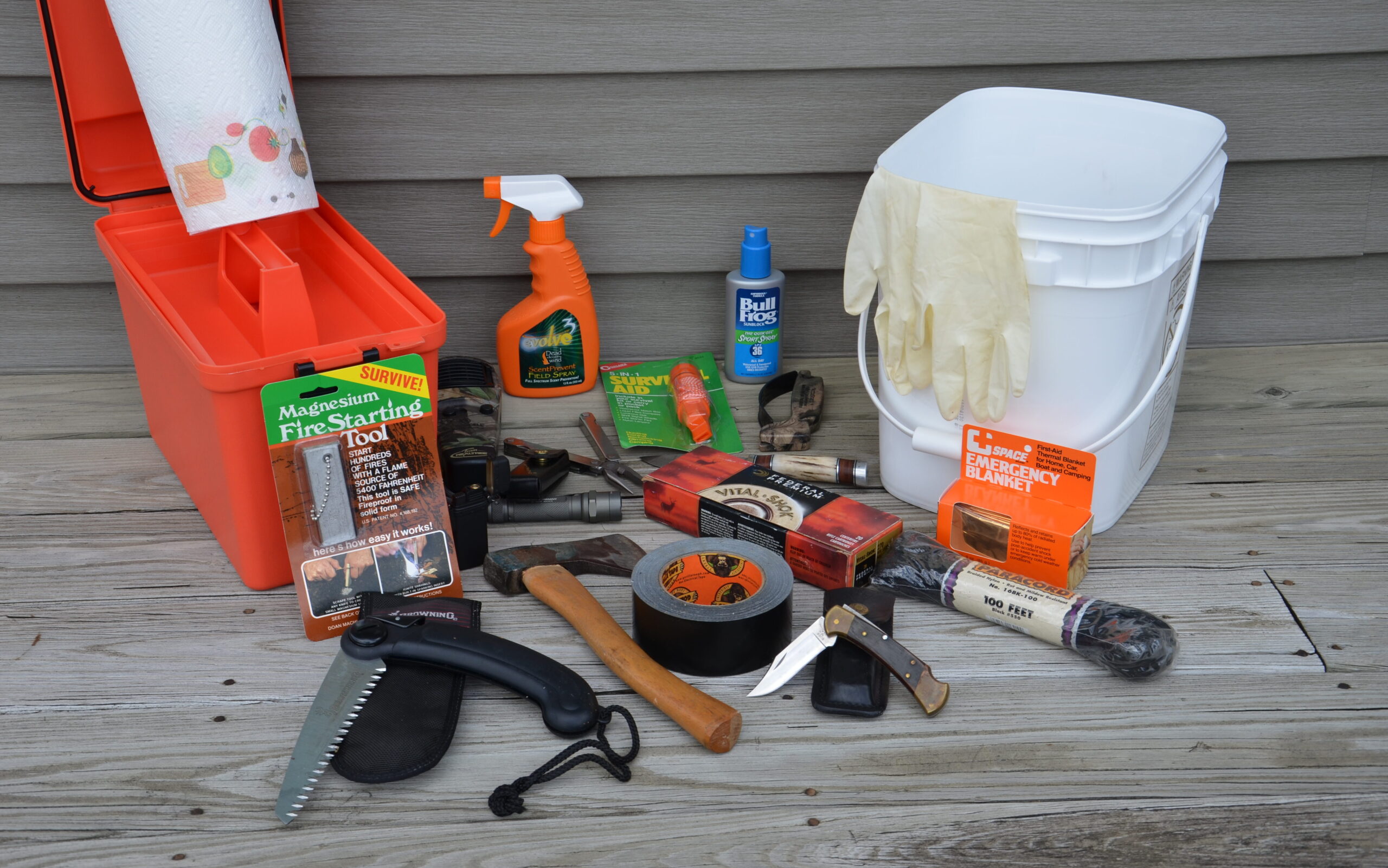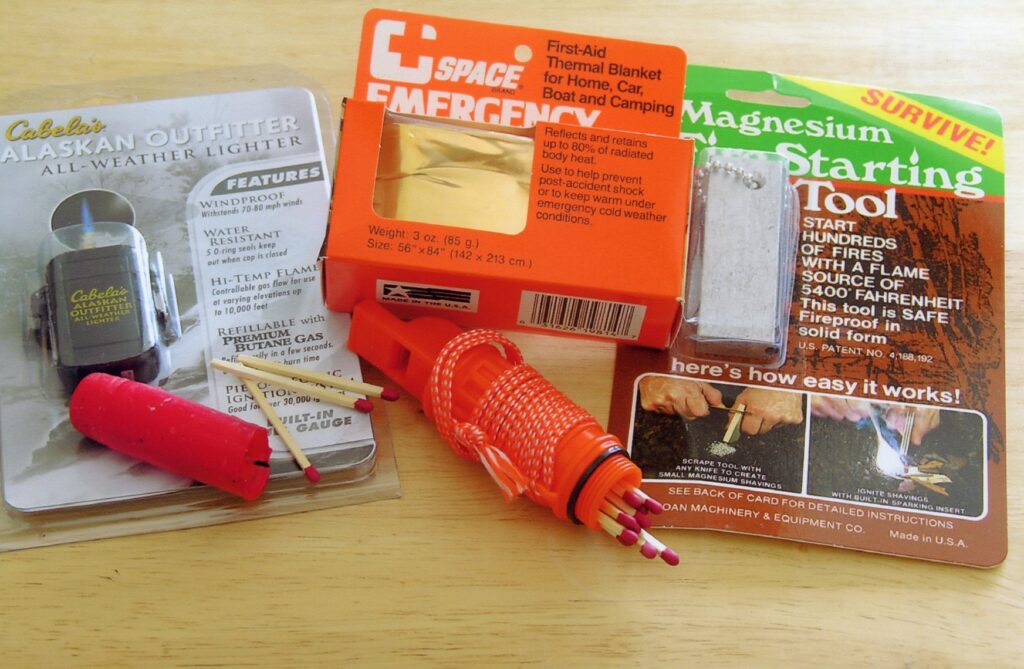
When our fathers and grandfathers headed into the woods deer hunting, most wore Johnson’s green wool “marine” pants, a red or green checked jacket and hat and a pair of gum rubber or leather hunting boots. A rifle, leather shell belt with attached sheath knife, a compass and drag rope in one coat pocket and maybe a sandwich or candy bar in the other made up supplies until lunch break or end of day.
Oh, how the decades have changed the gear and garb for whitetail season.
Ammunition, guns, clothing and equipment have made spectacular leaps in improvements and new innovations. Nonetheless, there’s a limit to what a walk-and-stalk, tracking, tree stand or ground blind hunter can carry along. I’ve never been one to carry a pack basket or knapsack in the woods, and only rarely will I use a fanny pack; if it won’t fit in my multiple jacket and pants pockets with no noise, bulkiness or excess weight, it stays behind.
Every deer hunter visiting the woods this month should have safety and success as their prime goals, with side helpings of enthusiasm and excitement and a bit of awe, wonder and thankfulness. Whether it’s a two hour pre-work foray or a full dawn-to-dusk onslaught, there are certain practices that improve chances of tagging a buck, and gear that assures an efficient outing and ability to handle unexpected hurdles.

Select your rifle and compatible ammo, and visit a shooting range and assure that you can hit where you aim at various ranges and from several shooting positions. Wash your hunting clothes in scent-free detergent, hang them outside to air dry and then store them in a scent-impervious container until it’s time to dress and hit the woods. A bottle of scent elimination spray or powder in the truck is a smart last-minute touch.
Most sportsmen are familiar with the region to be hunted or have done preseason scouting if its‘s a new area. It’s still smart to have a map or atlas in your vehicle with an overview of the general territory in case a last-minute change is required. To prevent a “night-before” hurricane of angst and activity, I locate, sort and lay out essential gear, making sure nothing is broken or missing. All items are then placed in one location with my scent-free clothes bag, ready to go.
Shells go in my belt, sharpened knife and sheath on one side and Leatherman multitool on the opposite. My backup blade, a sturdy folding Buck model 110 Hunter, goes in my back pants pocket with one orange and one camo-colored bandana. From face cover, tourniquet, arm sling, bandage, signal flag or washcloth, these big handkerchiefs can serve dozens of purposes. In a small Ziploc bag I have a package of waterproof matches, windproof butane lighter, and a film canister with petroleum soaked cotton balls.
Another pocket will have a space blanket and a water purifying straw, which allow a person to safely drink from any water source. I carry a small, but very powerful Surefire flashlight as well as a Black Diamond Storm headlamp, my backup light source. The headlamp offers hands free illumination and has batteries for secondary power in case the rechargeable lithium battery runs down. For an all-day outing I have a silicone-treated tarp and small bundle of paracord that turns into an overnight shelter if necessary and weighs less than six ounces in a pocket size packet.

Modern cell phones offer not only communication, but camera, flashlight, and navigation apps in regions with cell tower signals. Small GPS units, like the Garmin Montana 750i or the tiny inReach, are safety communication options with satellite connections for text and SOS messaging regardless of location or weather. Don’t leave home without some sort of lifeline.
Also, if you require daily medication, make sure to have a two day supply in a waterproof container.
Another pocket will also have an old-style compass, a small roll of Gorilla duct tape and several yards of folded toilet paper. Aside from its common essential purpose, two or three sheets of TP hung from a tree branch makes for an easy-to-see marker when following a blood trail. It also offers a white, bread-crumb-style trail back to your starting point that will quickly disintegrate and disappear in the first heavy rainstorm.
You will be amazed how compact and light these hunting gear extras are, yet how essential they may become.
Don’t be that “it will never happen to me” person. Eventually something will go amiss, so be prepared this and every hunting season.







